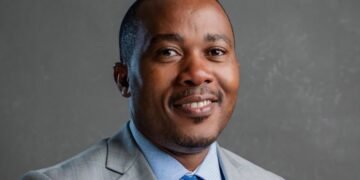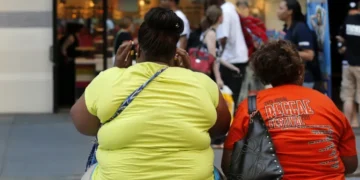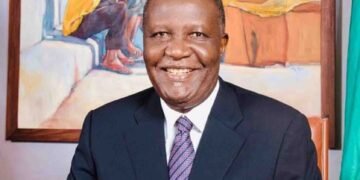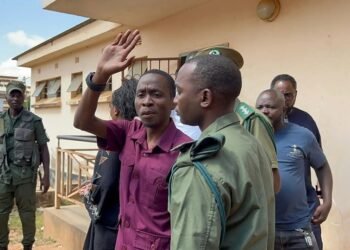Law demands Lungu be buried in Zambia – Hamalengwa
By Mast Reporter
FORMER president Edgar Lungu will be buried at Embassy Park in Lusaka whether his family likes it or not because that is what the law demands, Zambian law professor Munyonzwe Hamalengwa has said.
Prof Hamalengwa, Dean of the School of Law at the Zambian Open University, says this in his weekly column published on page 5 of today’s edition of The Mast.
He says the wishes of Lungu and his family are of no consequence.
“Lungu will be buried in Zambia at Embassy Park. Custom and customary law in this area dictate so, independently of any agreement on his part or that of his family,” he writes.
“There is a law respecting the burial at Embassy Park of dead Zambian presidents and it is staring at us in plain sight.”
Lungu died in South Africa on June 5 but his body has not yet been buried because of a bitter standoff between his family and the Zambian government over who should be in charge of the funeral and burial.
Recently, the Pretoria Division of the Gauteng High Court in South Africa ordered the family to immediately surrender Lungu’s body to the government for repatriation, state funeral and burial in Zambia.
This was after the government sued the family demanding that it be allowed to repatriate the body, hold a state funeral and bury it at Embassy Park in Lusaka citing public interest.
But the family immediately applied for leave to appeal the High Court’s judgement and orders, automatically halting the repatriation. It has now taken the matter to the Constitutional Court.
Prof Hamalengwa says the fact that five past presidents are buried at Embassy Park makes it a custom and therefore a law which must be followed in the case of Lungu.
He accuses Lungu’s widow, Esther and the family of relying on hearsay in their demand that his remains be buried in South Africa.
“I have read the 115 page affidavit of Mama Lungu which is so full of hearsay and triple hearsay evidence that it is difficult to believe that that affidavit can be used to underpin a decision to bury Edgar Lungu anywhere else,” Prof Hamalengwa says.
He argues that the Lungu government cemented the customary law of dead presidents being buried at Embassy Park.
“That push cannot now be disembarked from. In fact the Lungu presidency even justified the burying of dead presidents at Embassy Park by claiming the rationale of ‘Public Interest [in the case of Dr Kenneth Kaunda]’,” Prof Hamalengwa says.
He says if five presidents who died, minus one, were buried at Embassy Park, and “the resisting one hasn’t been buried yet, what should people call that practice of burying five out of six dead presidents in one place regardless of where they died?
“It becomes a custom, doesn’t it? And what do we call a custom that repeats itself taking into account the uniqueness of the phenomenon of the death of presidents who get buried in one place on average every 10 years cumulatively?” Prof Hamalengwa writes.
“It is my submission that burying five dead presidents in one place as narrated above is part of our custom which has ossified into customary law. It has become a unique unshakable practice to the extent that under President Lungu this customary practice was used to prevent President Kenneth Kaunda from being buried next to his wife at State Lodge.”
























